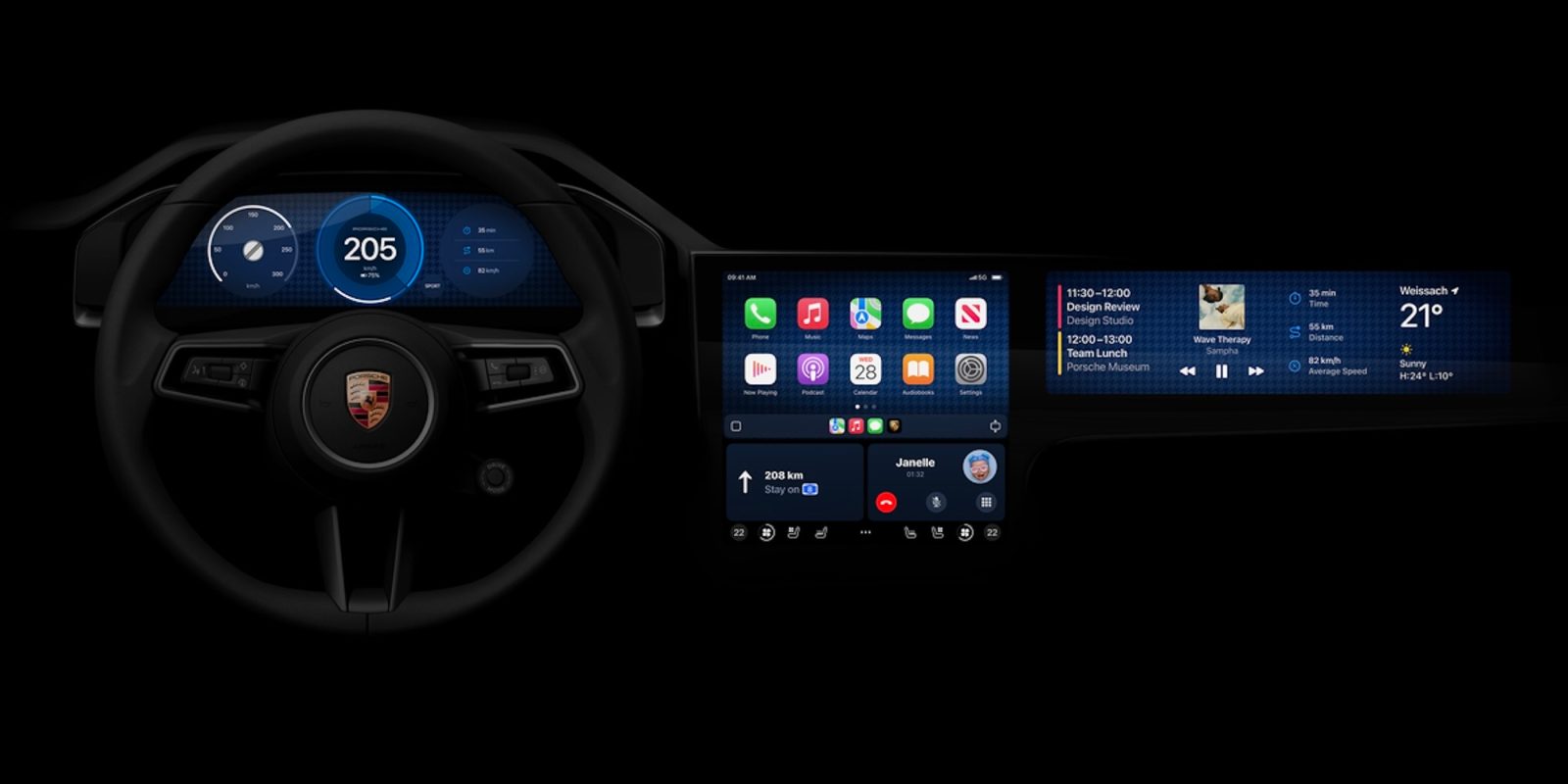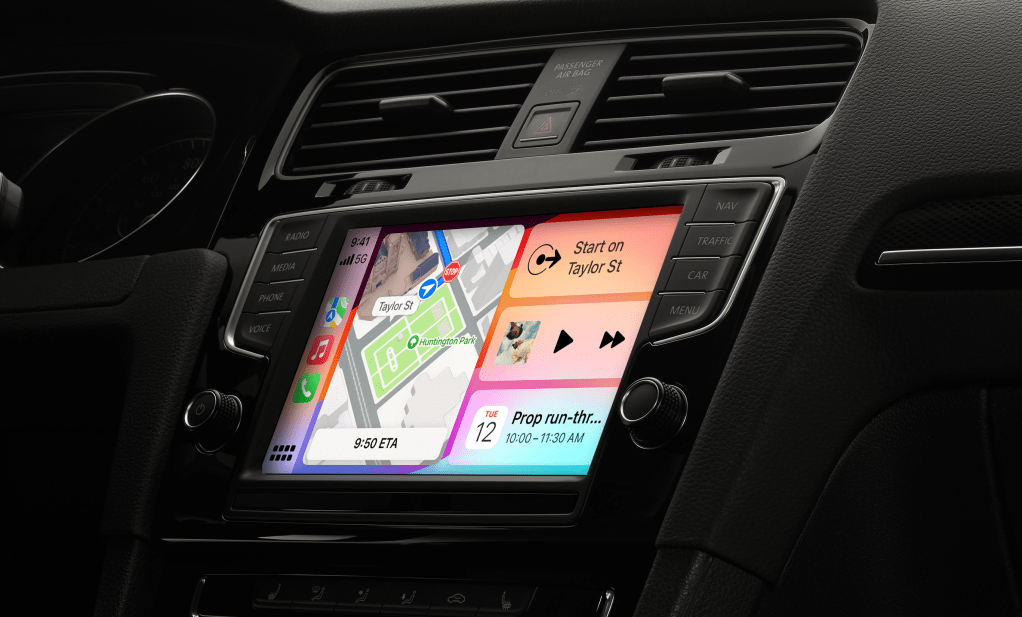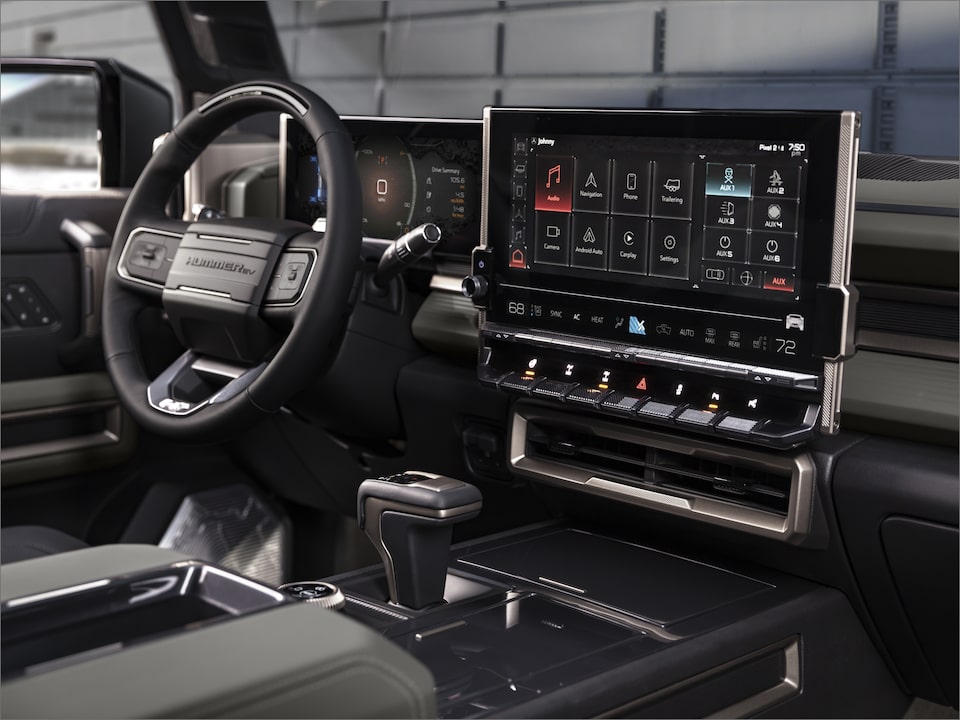Automakers had their chance, it’s time to let Apple fix terrible car software


Apple announced two new partners for its next-generation CarPlay platform this week — Porsche and Aston Martin. The latter, a storied but historically technology-challenged (remember the Lagonda?) sports car brand that would greatly benefit from using someone else’s software, makes sense. But Porsche? That was more than a bit of a surprise to me — especially given the company’s storied reputation for engineering its own solutions and recently announced Android-based Macan. But I believe Porsche knows something much of the industry isn’t yet ready to accept: That Apple’s software can create far more value for Porsche’s cars than Porsche could ever create on its own. Other automakers should start living in this reality instead of chasing the fantasy that they’re software companies, if only we’d give them 10 or 20 years to figure it out.
The rise of CarPlay and Android Auto
First, let’s set some historical context — I think it’s essential for this discussion. Android Auto and Apple CarPlay are roughly contemporaneous, with Auto launching on Hyundai, GM, and Honda beginning in 2015. CarPlay technically predated this, launching on the Ferrari FF in 2014 (yes, CarPlay debuted on a Ferrari), but it too saw wide adoption start in 2015 with major car manufacturers. Slowly but surely, even notoriously recalcitrant luxury marks like BMW and Mercedes came on board with these projected smartphone interfaces — almost assuredly because their customers demanded it, lest they jump ship to someone else who would give them what they wanted. Today, it’s difficult to find a new car (at least, in North America or Western Europe) without support for CarPlay and Android Auto that isn’t a Tesla or Rivian.

CarPlay and Android Auto always amounted to an exchange of value for automakers. Google and Apple would learn a lot about how people behave when interacting with in-vehicle infotainment systems (touchpoints, navigation routing, voice commands, and more). At the same time, carmakers would receive bleeding-edge connectivity and integration with popular mapping and audio services. This was a nominally equitable arrangement, especially given how far behind many OEMs were on their in-vehicle software in the mid-2010s. Projection’s only major downside, for users, was the lag, which especially when connected in the more convenient wireless fashion, is palpable.
That some manufacturers like GM are now rebuffing their tech titan partners isn’t surprising; projected modes were always a trade-off, one whose business impact was foreseeable. It would be much harder to convince customers to pay for things (e.g., a mobile data connection, mapping, streaming) they once received for free via these projected interfaces, and taking something away from people — even something they’d possibly be content without — always goes down badly. Put another way: Google and Apple had their feet in the door (connectors in the USB port?), and it would be hard to kick them out.
By 2018, though, most OEMs had signed on to the smartphone projection compromise, seeing no better solution (and a real risk of lost sales if they didn’t hop on the bandwagon). This gets us to the present day.
A new era: Projection rejection
Today, automakers face a choice: Forge ahead with projection integration and forego some maybe-there, maybe-not revenue, or take a page from GM’s (wildly unpopular) book and create their own walled garden ecosystem, albeit one built on top of Google’s Android OS for cars. But from the consumer perspective, this choice feels exceedingly arbitrary.
Broadly speaking, smartphone integration in the car isn’t any less desirable today than it was eight years ago when CarPlay and Android Auto launched (unless you drive a Tesla or a Rivian). Smartphones remain ubiquitous and become more capable with each passing year. And while the rate of innovation has stagnated, the average age of the smartphone in someone’s pocket is far lower than the car they drive. There is no reason to believe that will change in the coming decade. The technology we carry will, for the foreseeable future, be more capable than the technology that carries us. This is at the core of the in-car projection issue, and it’s a fight the carmakers can’t win. But some seem intent on fighting anyway.

GM’s decision to drop CarPlay is saying out loud what many carmakers are quietly thinking: “We should never have let these tech companies into our software stack. Tesla had the right idea all along.” In broad strokes, there’s an excellent argument to be made here, because software defined vehicle (SDV) architecture like Tesla’s is plainly the wave of the future. But the argument GM is making now — that developing an SDV platform is an excellent opportunity to kick Google and Apple off its cars, ripping off the proverbial “band-aid”— is being made far too late and with far too little conviction. The only way forward is for carmakers to take a “best of both worlds” approach: SDV architecture that is highly integrated with projected user interfaces.
The Tesla mirage
I am no Tesla apologist, and I think Tesla gets far too much credit for some things. But it gets far too little credit in the media for birthing revolutionary software technology that leapfrogged an entire industry (i.e., the world’s first software-defined vehicles).
Even without Android Auto or CarPlay, Tesla is still generally recognized as the world leader in vehicle software — rightly so. No one has ever really caught up, and it’s been over a decade. Rivian is always a step or two behind and the rest of the industry is a distant third. Still, everyone wants to be Tesla. This much is evident when you look at GM’s software strategy in its Ultium vehicles, Mercedes-Benz’s MB OS, or even the ongoing slow-motion train wreck that is Volkswagen’s Cariad division. There’s a race to be the “next” Tesla of car software, and it appears that… no one is winning. Or even driving on the course.
But using a platform like Android Automotive to build a closed SDV ecosystem like Tesla’s and hoping to replicate its success is, to put it bluntly, incredibly arrogant. These carmakers are chasing a mirage. Tesla is far more than an SDV platform; it’s a lifestyle brand, a charging network, an app developer, and a lightning-in-a-bottle marketing engine with an incredible first-mover advantage. Much as Samsung was never the “next” iPhone, but the counterpoint to the iPhone, other carmakers must become the counterpoint to Tesla in this new SDV world — not try to become it. And that means embracing technology partnerships (i.e., projection interfaces), not eschewing them.
The Faustian bargain (of the century)
Apple builds the world’s most loved consumer software. And it’s aggressively courting manufacturers to put that software on their vehicles. It feels like this should be a no-brainer, and for some companies, it clearly is. That campaign is yielding tangible results, with brands like Mercedes-Benz, Jaguar-Land Rover, Audi, Porsche, Ford, Volvo, Honda, and the Nissan-Renault Alliance on board as partners for the next generation of CarPlay. We don’t know to what degree these manufacturers will embrace that software (for example, if they’ll use Apple’s full instrument cluster overlay). Still, if the mockups released as part of the Porsche and Aston Martin announcements this week are any indicator, it seems clear that Apple is the guiding hand in this relationship. And that’s how it should be.
Legacy carmakers have proven utterly incapable of designing performant, usable software. They have proven incapable of iterating that software in a timely manner. They have proven incapable of developing it without significant bugs. And they have proven incapable of delivering value above and beyond that which a company like Apple (or Google) does via its ecosystem — and they almost certainly will never develop such capability.
As much as the vision of a software-defined vehicle future holds great promise, that promise will only be successfully realized by companies that partner broadly to integrate those platforms with outside technology partners. Tesla is a one-off — and an incredible one at that — but it shouldn’t serve as the model. The sooner carmakers realize this and stop chasing phantom revenue for subscriptions that nobody wants, the sooner we can all stop avoiding otherwise decent cars ruined by terrible, self-inflicted software faults.
FTC: We use income earning auto affiliate links. More.